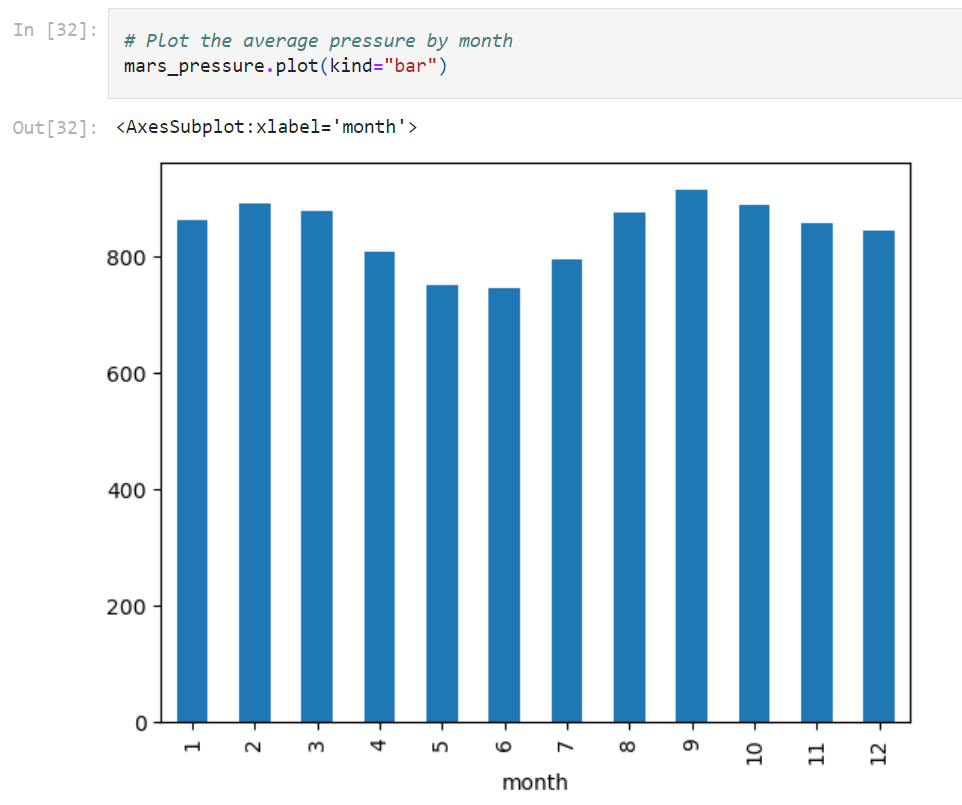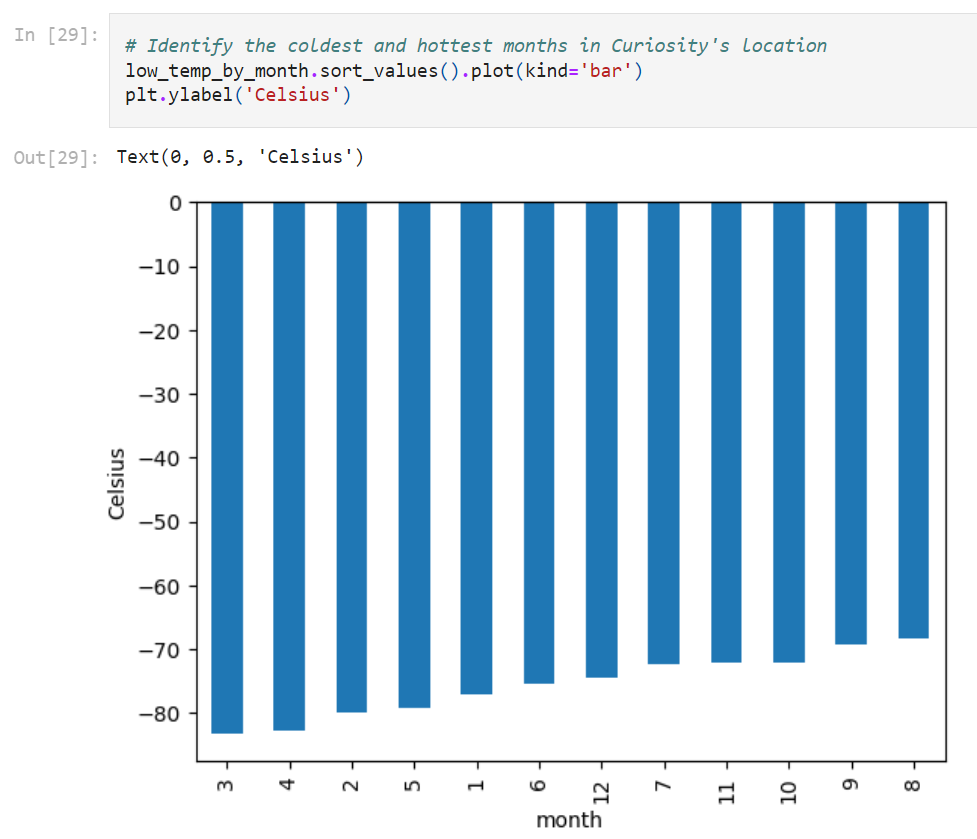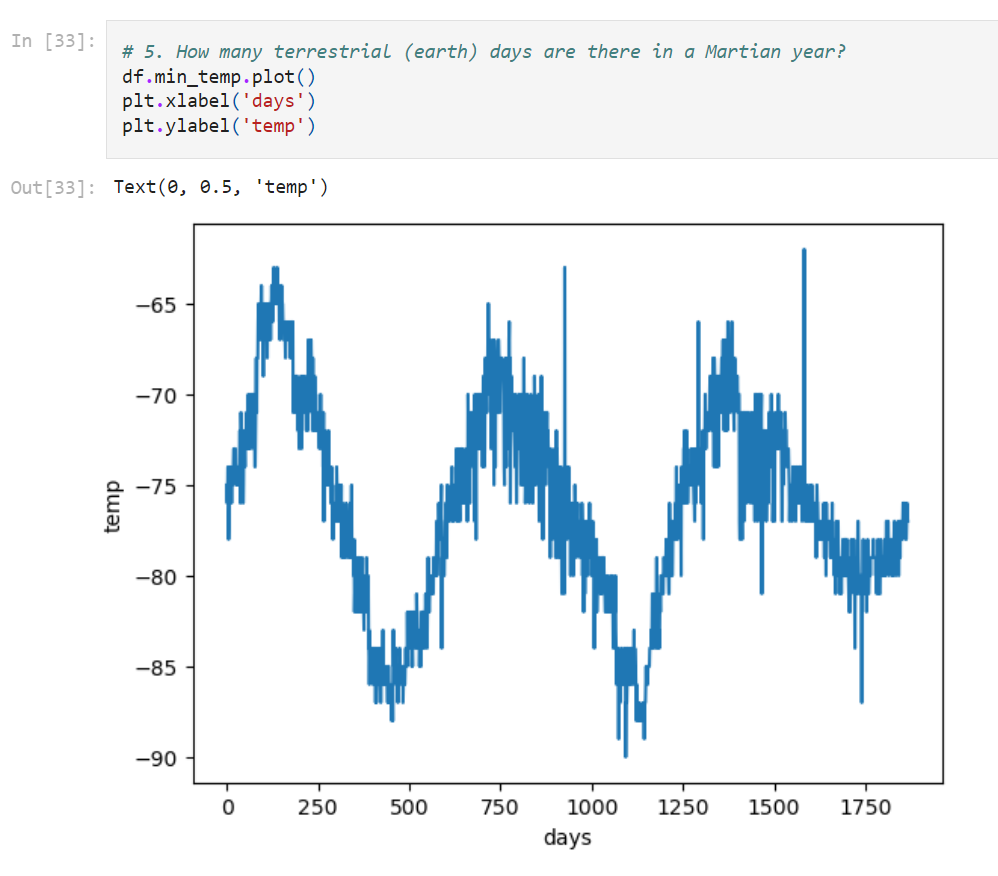In this project, I worked on a web-scraping and data analysis task related to Mars. The objective was to collect data from different sources, organize and store the data, analyze it, and communicate the insights visually.
I used the Jupyter Notebook provided in the starter code folder named part_1_mars_news.ipynb to perform the following steps:
-
Used automated browsing to visit the Mars news site and inspected the page to identify the elements to scrape.
-
Created a Beautiful Soup object and extracted the titles and preview text of the news articles from the website.
-
Stored the scraping results in Python data structures, specifically in a list of dictionaries. Each dictionary represents a title-and-preview pair, with keys 'title' and 'preview'.
-
Printed the list in the notebook.
Optionally, I also exported the scraped data to a JSON file for sharing purposes.
I continued with the Jupyter Notebook provided in the starter code folder named part_2_mars_weather.ipynb for scraping and analyzing Mars weather data. The steps I followed were as follows:
-
Used automated browsing to visit the Mars Temperature Data Site and inspected the page to identify the elements to scrape. The URL for this page is
https://static.bc-edx.com/data/web/mars_facts/temperature.html. -
Created a Beautiful Soup object and scraped the data from the HTML table. I assembled the scraped data into a Pandas DataFrame with columns representing different data fields.
-
Analyzed the dataset using various Pandas functions to answer the following questions:
- How many months exist on Mars?
- How many Martian (and not Earth) days worth of data exist in the scraped dataset?
- What are the coldest and the warmest months on Mars (at the location of Curiosity)?
- Which months have the lowest and the highest atmospheric pressure on Mars?
- About how many terrestrial (Earth) days exist in a Martian year?
-
Exported the DataFrame to a CSV file for further use and analysis.
Please refer to the actual code and the complete analysis in the provided Jupyter Notebooks for more detailed information.


